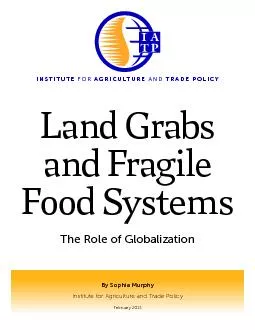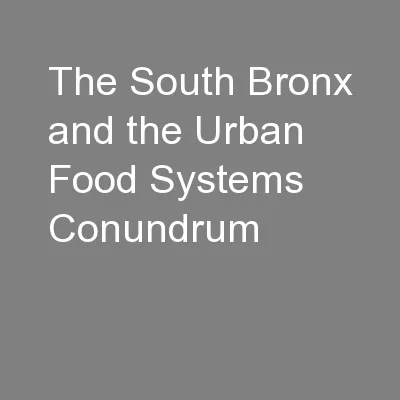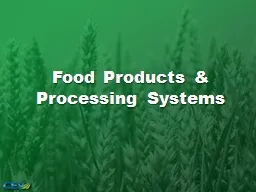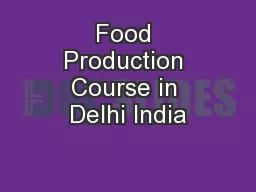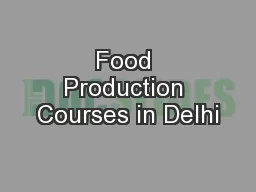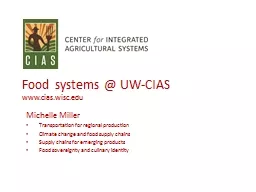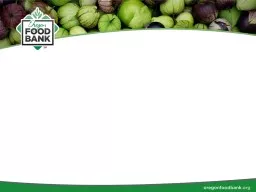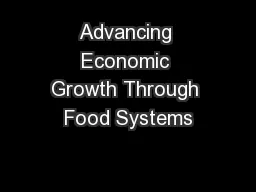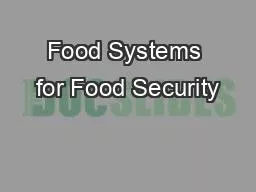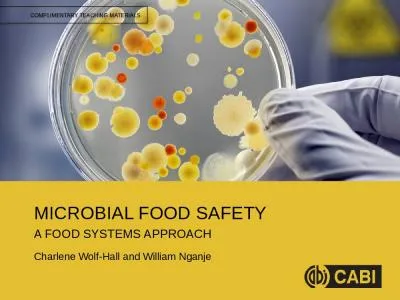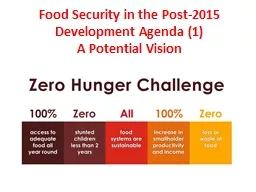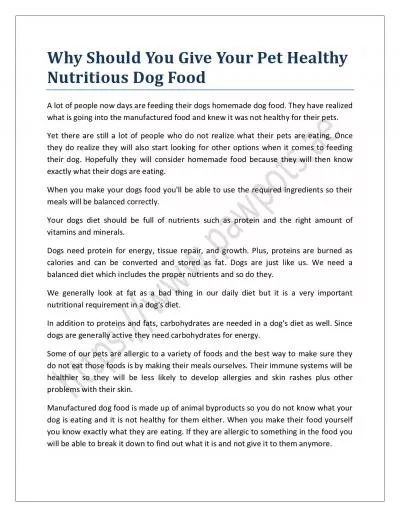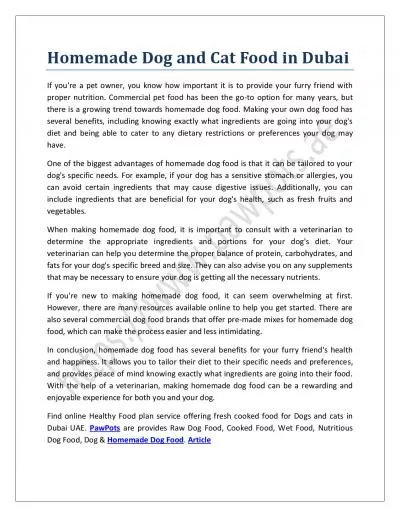PDF-Food Systems
Author : pasty-toler | Published Date : 2016-12-27
Land Grabs and Fragile The Role of Globalization By Sophia Murphy Institute for Agriculture and Trade Policy February 2013 INSTITUTE FOR AGRICULTURE AND TRADE POLICY Land
Presentation Embed Code
Download Presentation
Download Presentation The PPT/PDF document "Food Systems" is the property of its rightful owner. Permission is granted to download and print the materials on this website for personal, non-commercial use only, and to display it on your personal computer provided you do not modify the materials and that you retain all copyright notices contained in the materials. By downloading content from our website, you accept the terms of this agreement.
Food Systems: Transcript
Download Rules Of Document
"Food Systems"The content belongs to its owner. You may download and print it for personal use, without modification, and keep all copyright notices. By downloading, you agree to these terms.
Related Documents

